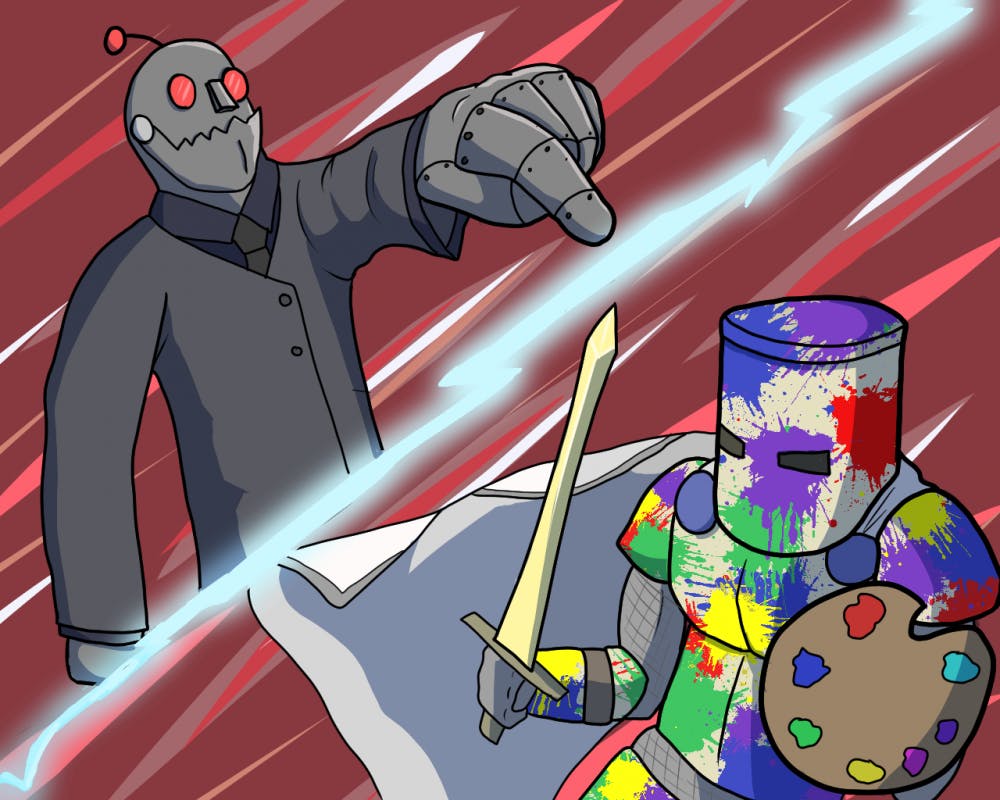The combination of art and science is not a traditional one, but has proved to be fruitful with the help of Nathan Newman and his exhibit at the ASU Art Museum, "Material Beauty."
Nathan Newman, a professor in ASU's materials science program, said his passion lies in science, but that it has led him to discover an appreciation of art. He said art makes sense to him through scientific reasoning.
“Artists are just so passionate about what they do and their whole life is kind of dominated by art,” Newman said. “And the same thing goes for scientists, scientists' whole lives seem to surround their professorship.”
His most recent artistic effort is his curation of an exhibition at the ASU Art Museum called “Material Beauty.” The focus of the exhibition was to display and complement art through a scientific lens. He was invited by the museum to curate. Brittany Corrales, the curatorial coordinator at the museum, said that transdisciplinary projects like these are "proving to be the model for the university art museum."
“Professor Newman was a great fit because he's an expert in his field of materials science, but has recently existed on the periphery of the art community," Corrales said in an email. “He also has a deeply personal connection to art and its materials, as his wife is an oil painter.”
Newman was first introduced to art by his wife, artist Penelope Cagney. Because of this marriage, they said they both understand the powerful link that science and art share, and appreciate both disciplines much more now.
“It’s a common desire to understand the world, and that's, I think, really satisfying,” Newman said.
For example, art and science have a shared geometric and mathematical basis, Newman said. Scientists study geometry, and artists intuitively do also, he said.
Cagney said she was intrigued by Newman's scientific expertise.
“I was fascinated by someone who actually understood things that were beyond my skill and ability,” Cagne said. “And I approach things differently as an artist, and he has a different take on reality that requires a whole different set of skills and ability.”
The couple said they draw inspiration from each other. Cagney said that science and art are two sides of the same coin.
“I think that art can explain things that science can't, and that science can explain things that art can’t,” Cagney said. “They’re both ways of knowing and explaining the world, but approaching it very differently."
"Scientists, like artists, are on the edge of the unknown, so they both help us define our reality,” she said.
Reach the reporter at stefany.marquez@asu.edu or follow @stefmarz on Twitter
Like The State Press on Facebook and follow @statepress on Twitter.
A previous version of this article incorrectly spelled Penelope Cagney's name. The article has been updated to reflect the change. The article also misquoted a portion of one of Brittany Corrales's statements regarding the future of transdisciplinary projects like these. The misquotation has been updated to reflect her statement accurately. Also, the article inaccurately claimed Corrales personally asked Newman to curate. The article has been updated to reflect the changes.




